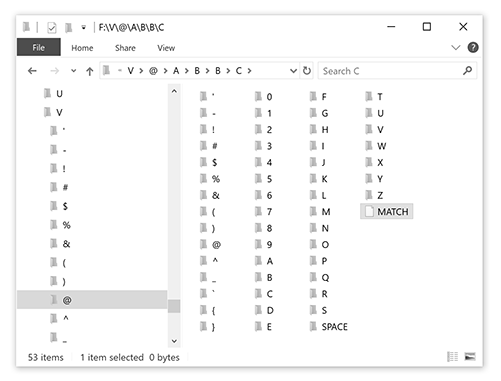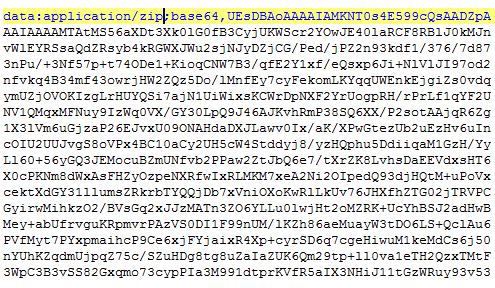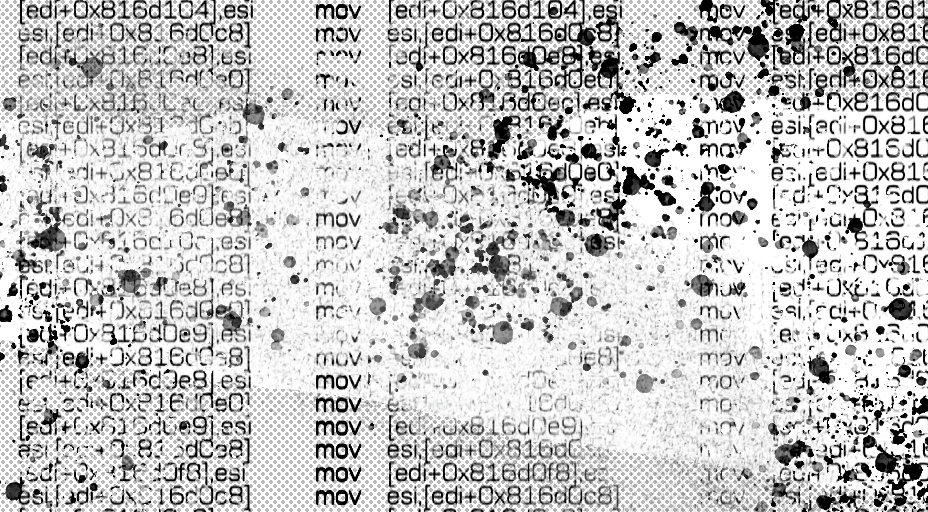The next time you’re in Bash shell, eschewing friendly icons and menus for the optimal control of the terminal, why not take the next step and set repercussions for anything you might mistype? Suicide Linux does exactly that. It holds you to your word, to make sure you say what you mean.
Once it’s installed (and running as root), it sits in the background, monitoring every command you issue. The reward for perfection is that your system continues to work. Should you type in something that Linux doesn’t recognize, however, a typo, or attempting to move to a directory that doesn’t exist, the punishment is annihilation: your drive is wiped out entirely, with the global “rm -rf /”.
Suicide Linux first appeared as a provocation by Sam Hughes, in a blog post from 2009:
It’s a game. Like walking a tightrope. You have to see how long you can continue to use the operating system before losing all your data.
It took two years until an anonymous user created an actual running version of Suicide Linux, as a Debian package.
Interestingly, the deletions begin in silence. The only indication that you triggered a computer meltdown are errors popping up when it tries to delete files or directories currently in use. Starting at a slow pace, they coalesce into a stream of warnings until, as more and more is cleared away, the UI itself starts to break down. You can see this in the video below:
To make your move to Suicide Linux easier, as of last year, it’s available as a Docker image, created by Tiago Dias, on Github here.






